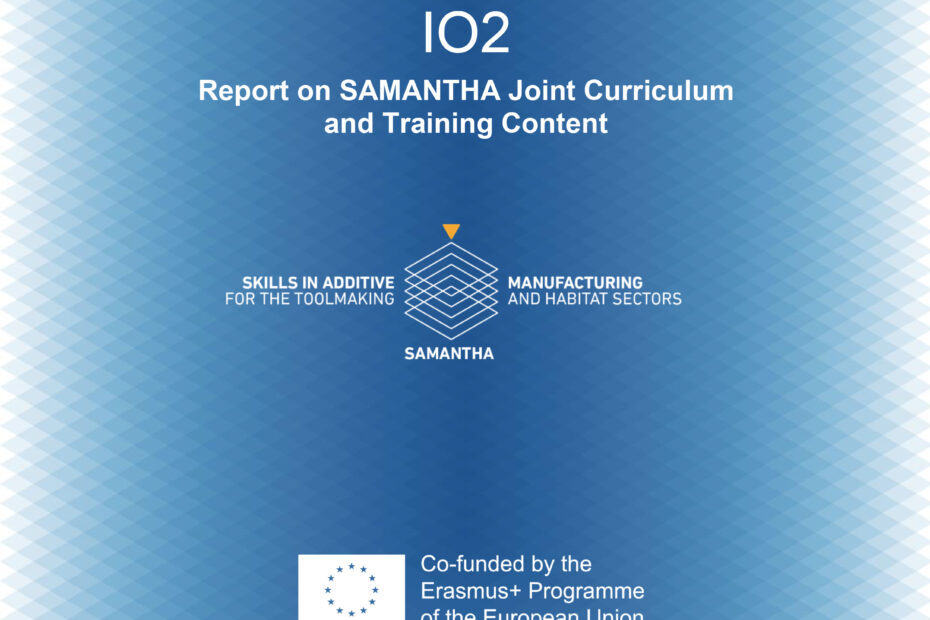The features of SAMANTHA initiative defined and analysed the most suitable training paths, modules and units in order to ease the learning process of the future students who will have different levels of knowledge and areas of expertise and they will want to choose those subject matters in which they are more interested in.
The main goal of the IO2 is to obtain the most suitable curriculum and, therefore, the offline training content considering the real needs of the target groups (previously identified in IO1).
The final investigation has included some different parts indicated:
1-The resultant implementation by partners in the first step of this output designed and developed the SAMANTHA high-tech- T-shaped Curriculum with the collected information in IO1 gave to the partnerships the clues for identifying the modules, the suitable learning outcomes required as well as units.
2-Related to the findings with partners, the SAMANTHA training course foresees nine modules which are divided into the two main groups: Technical or hard skills as a vertical bar and Transversal skills as a horizontal bar.
3-All learning outcomes and units related to the modules in technical and transversal skills assessed by some assessment methodologies like multiple choice question, matching answers, short answer questions, case-based exam, short essay matching, multiple choice test matching, multiple or blank choice, test – online quizzes, training activities with sample solutions and self-assessment questions, mix and match tasks.
4- As the designed curricula includes some EU tools for facilitating employability in the Toolmaking industry and habitat sector, partners created two templates for standardisation and harmonisation of learning outcomes, Harmonized Learning Outcome Template and Harmonized Unit Description Template in order to set the requirements for the description of Units and Learning Outcomes of each participant country along with the specifications of the ECVET approach.
5-All training material for SAMANTHTA will be provided using different formats such as texts, slides, videos etc. in standard structure developed by offline training possibility.
Due to this output the consortium of partners experimented with the SAMANTHA joint curriculum and modules which can be utilized in different formats within e-learning platform. You can read the document here.
